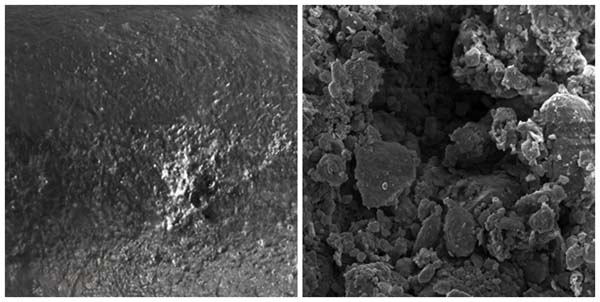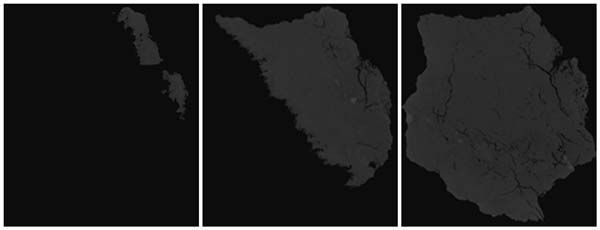Report
by Jasper Coppes
- Published: Thursday, March 21 2013 16:41
In the fall of 2010, somewhat inexplicable circumstances led me to the coast of Southwest Ireland to meet the owner of a stone that could cure eyesight. I suppose the idea of a stone curing eyesight attracted me because I am a visual artist interested in the act of looking at things. But aside from that, it was certainly the first time I allowed myself to incorporate my amateur fascination for rare stones into my professional life.

There were a few important elements of the stone encounter that I remember very well. First of all, the oral traditions that established the stone’s significance had more or less died out. Second, what seemed to replace these stories and myths was the TV set, under which the stone was now kept safe. This lead me to assume that the stone still had some of its magical power broadcasted to its audience on the couch in front of the TV. However, probably having a less beneficial effect on the retina, I consequently narrowed my research to an exploration of the surface of the stone, wondering if through close-up recording, its miniature geography of caters and hills would start to speak.

A few months later my appreciation of stones, these mute and speechless things, began a second chapter. I met a man who brought me into contact with a piece of raw glass that supposedly was produced by the heat of the first atomic bomb test in New Mexico – a process of mineral crystallization that without a doubt had the magical capacity to turn one blind. With the help of cancer specialists at the University of Maastricht, I got a chance to continue my aerial surveys of this tiny object in much more detail. We made pictures of the ‘Trinitite’ with an electron microscope. With much excitement I later discovered an essay by a man named Ralph E. Pray: “Surface Mining at Ground Zero.” The author describes his secret excursions into the Mexican desert, six years after Hiroshima, “to remove (the green disc of radioactive glass) without a trace of publicity … to repair the desert, to clean up this radioactive afterbirth.” During his nightly trips, Pray encounters animals that seem to evolve out of the darkness, changing shapes, morphing almost, and appearing “as if they knew something.” Again a surreal incident of magical insight gathered in the presence of vision and stone.
 Not much later I came upon a piece of Lunar Meteorite: a shard of the moon’s surface. The piece itself didn’t amount to much, measuring no more than half a centimeter. But its origin triggered my imagination. I took Dar Al Gani, as it is called – this moon rock landed in the Libyan desert – to the only place I could think of that might help me understand this fascinating fragment: The Faculty of Aerospace Engineering at the TUDelft. Their newest machines enabled us to examine the stone much more closely than I thought possible. With X-ray scanning – tomography – we could look inside of it!
Not much later I came upon a piece of Lunar Meteorite: a shard of the moon’s surface. The piece itself didn’t amount to much, measuring no more than half a centimeter. But its origin triggered my imagination. I took Dar Al Gani, as it is called – this moon rock landed in the Libyan desert – to the only place I could think of that might help me understand this fascinating fragment: The Faculty of Aerospace Engineering at the TUDelft. Their newest machines enabled us to examine the stone much more closely than I thought possible. With X-ray scanning – tomography – we could look inside of it!
How many poets, I thought, have over the centuries attempted to do this. Have we finally overcome the impossible? Can we read the interior of a speechless pebble, a silent stone or a reticent rock?
The resulting imagery, however, didn’t establish the intimacy I desired. It propelled me back into the air, taking the perspective of a bird’s eye. Cracks became rivers, dark spots cavities or forests, mapping the surface (again!) of an alien terrain.
But the attempt had not been entirely superfluous. With the help of Daniela De Paulis and the scientists with whom she is in close collaboration, a new prospect appeared on the horizon: to project the digital inside of my moon-piece onto the real moon’s surface. The image would be transformed into radio waves and cast into outer space, bouncing on the moon’s surface, back to the earth.
And that brought my journey to an unexpected close. While I had started out following traces of a stone that cured eyesight, I discovered in the process that I didn’t really know what it meant to see. Because if images can be turned into radio waves, then that must imply that they are present around us all the time. And who knows, by the aid of what primitive or advanced technology, these visions floating in deep and unknown dimensions, can be brought back to the surface and give us insight into our present and past.








Comments